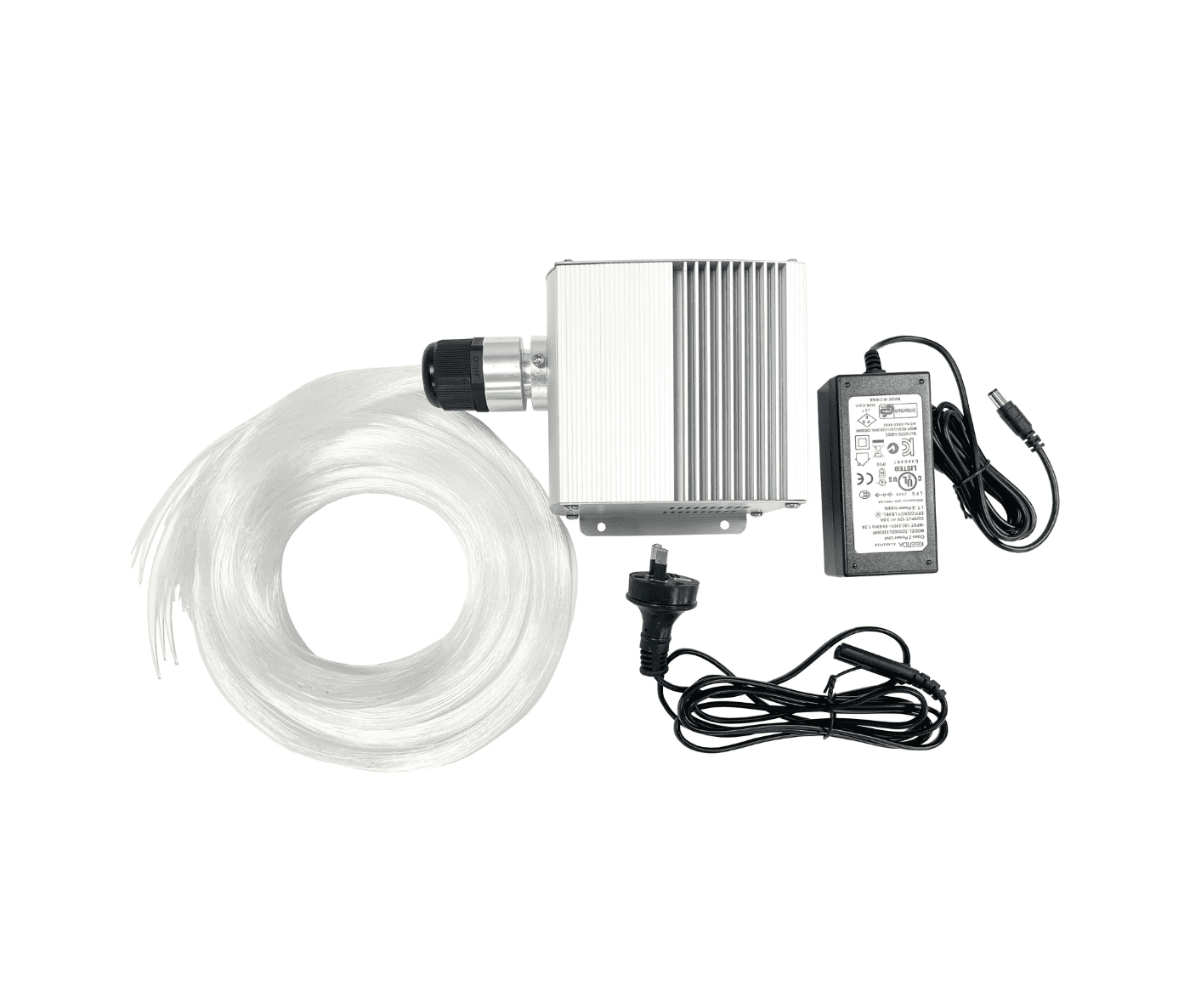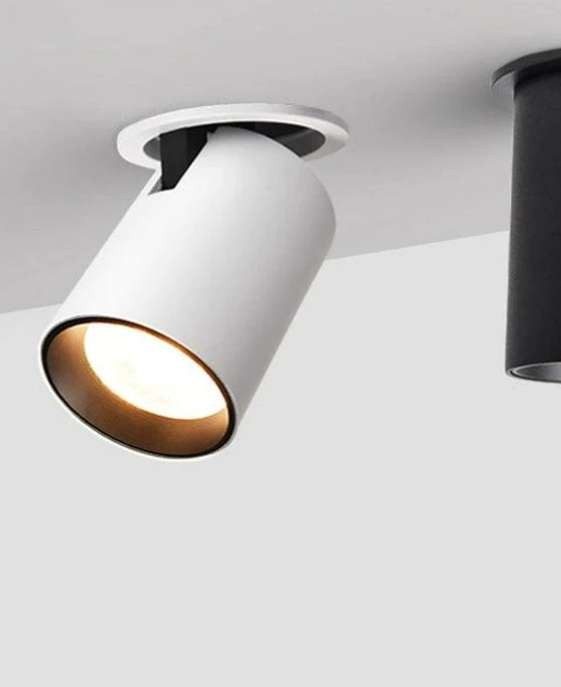Landscape, Outdoor & Garden Lighting Design
A well designed outdoor landscape lighting system can transform your backyard at night. We have been selling low voltage outdoor lights for
nearly 10 years and want to share some of what we have learned about how to get the best effects from this unique lighting medium. A well
designed installation can make use of not just spotlighting, but also emphasise shadows and silhouettes.
Table of contents
Common Types of Outdoor Light Fitting - Defined
Low voltage landscape lights Vs 220 volt mains voltage
Getting Started with your landscape lighting design
Landscape lighting design techniques
Common types of outdoor lighting fixtures
There are many different types of low voltage outdoor lighting fixture for you to use to highlight your house and garden features or
create lighting effects.
Spotlights - also referred to as up-lights, down lights, bullets, direction lights and floodlights - these are the most
versatile and commonly used outdoor lighting fixture because of their versatility. They are available in a range of beam angles, mounting
options and outputs. Most commonly used for up-lighting of trees and features and ideal for highlighting, silhouetting, shadowing, grazing
and spotlighting.
Area, Path & Deck Lights - Path lights are often "lidded" to aim the light down or across paths or walkways. Area lights also direct the light down, but have wider beam spreads to illuminate a larger area, while deck lights give a nice soft marker point around the edges of decks and paths - as these lights are usually pointing straight up it is important to make sure they are not so bright that the dazzle the eyes when you see them. It is important with this type of light fixture to pick one that is aesthetically pleasing, as they are easily visible during the day time.
Flood lights - Flood lights are generally a higher wattage and output than spot lights and a great way to put a large amount of light onto an area to make it usable at night or for security. These are usually a 220 volt fitting and should be installed by an electrician.
Wall Washers - essentially these are low voltage, lower wattage flood lights and can either be single colour or RGB colour changing to create soft up-lighting effects on walls.
In-ground Well Lights - used for up-lighting when you don't want the fixture to be seen - ideal around trees and pillars where an above ground fixture would create an unsightly trip hazard.
Low Voltage 12V / 24V vs Mains Voltage - Landscape light fixtures are commonly available in two voltage types. Low
voltage 12 or 24 volt and mains voltage 220 volt. In general low voltage landscape light fixtures are easier to install, cheaper to
purchase and do not require an electrician to install them (however an electrician is required to install the transformer/power supply).
Low voltage landscape lighting has no risk of causing an electric shock and the cable can be buried easily in the garden without the need
for conduit (although this is still recommended to avoid future damage with a spade). Mains voltage power cables need to be buried in
conduit to a depth of 600mm and all connections in sealed junction boxes by a registered electrician. There is also a much larger range of
low voltage landscape fixture available to buy than mains voltage.
Low Voltage fixtures:
- Safe and easy to install
- No shock risk
- Cable does not need to be in conduit
- Wider range of fixtures available
- Less expensive to purchase
- Safe in and around water
Mains Voltage Fixtures:
- Expensive to install - must be done by electrician
- Limited range of fixtures
- Cannot be used in or around water
- More expensive to purchase
Getting started with your landscape lighting design
The best thing about starting a landscape lighting project is you are really starting with a blank palette and can selectively highlight
or real certain features and create effects with contrasts of dark and light. Like any project though - going into with a plan and goals
is the best way to achieve your desired effect - the following is a nice guide as to how we recommend you tackle your project to get
professional, long-lasting results.
1 - Set goals - what do you want to achieve ? For example, Safety - illuminate the pathway to eliminate potential trip
hazards. Highlight - got some great garden ornaments or features ? Selectively spot lighting them, so they stand out in the dark. Effects -
colour changing LED in the pond or under a water feature nozzle to bring it to life at night where otherwise it would not be seen - use of
colour to make it stand out. Energy efficiency - lower powered LED garden lights use a fraction of the energy of halogen lamps for the
same light output, not only does this save in power costs, but will also save money by requiring lower wattage power supplies /
transformers
2 - Pick a strategy - review your goals and for each one work out what you need to achieve it, the number and type of
fixture required and lighting effects you will need to use. Now is also a good time to talk to us if you think you need some professional
advice
3 - Purchase the required number of landscape light fixtures, cable, transformers and any other required accessories to
complete the job
4 - Create a plan - use dazzle paint or markers to identify where the fitting needs to be placed, transformer locations and
where the cables need to be run - it is also a good idea at this point to do a quick drawing showing where you have run the cables and put
this in a safe place - it may come in handy if you are ever digging or adding plants at a later stage to avoid inadvertently putting a
spade through your cables.
5 - Get to work installing your new lights - a handy tip here is when positioning the light and leave a loop or cable or
enough spare cable to allow you to move the light to achieve the perfect position
6 - Check all electrical connections and connect to your transformers
7 - Wait until dark - grab a nice wine, turn your lights on and enjoy. Make final adjustments as required.
Landscape Lighting Techniques
Use of correct lighting techniques will make your most important garden features stand out - find out what are the best lighting
techniques to suit your design.
Highlighting: One of the most common outdoor lighting techniques - simply place a spotlight at the base of a feature.
Experiment with distance and beam spread to get just the right effect for your design. Hint - larger trees often require two light
fittings for the best effect.
Shadowing: A very similar technique to highlighting in that the fixture is again placed at the bottom of the tree or
feature and is aimed towards to wall behind it, in this case however, the goal is to create a shadow on the wall and usually works best on
a tree that has thin foliage. This lighting technique is particularly effective when the wind is blowing as it creates movement with the
shadow. Again experiment with position of the light fixture and wide angle lenses will create the best effect.
Silhouetting: Install the light fixture behind the feature shining onto a wall to create an illuminated backdrop. This
effect can look stunning at sunset when it creates a dark outline of the landscape feature or plant. Hint - works better with dense /
solid features.
Moonlighting: Used well, this technique can create moonlit effects in your garden - place directional spot light fixtures
high up in trees and angle them downwards. Hint - use glare guards to hide the light source.
Wall Washing: Wall washing can be used to create soft, even lighting effects on walls, for additional effects, DMX
controlled fittings can be used for colour changing or chasing. Hint - for best effect position the lights away from the wall and angle
them to avoid any hot or bright spots. As a general guide for even illumination space the lights at the same distance that you position
them off the wall.
Up-lighting: A similar technique to wall washing, however use lights with a tighter beam angle (10-20 degree). Used well
this can create contrasting levels of light and shadow on the surface. Accenting: This draws the attention to a specific landscape feature
in your garden. Well positioned and angled spot lights can be used to highlight a particular plant or sculpture. Hint - use a well hidden
spot light with a narrow (10 degree) beam spread to keep the light focused on the feature and not the surrounding area
Down Lighting: This involves placing the fixtures above the ground shining downwards. This can be done with spike spots
with a wide lens for shorter features, or the fixture can be mounted higher on walls, under eaves or on walls. Hint - the fixture beam
angle can be important here - choose a fitting with a tighter beam angle the higher up you mount it to prevent light spilling out of the
area you wish to illuminate. Glare guards can also prevent the light shining directly into the eyes of people below.
Path Lighting: There are two main ways to effectively illuminate pathways. Stem or spike mounted fittings can be mounted on
the side of the path to create pools of light, or low powered LEDs can be mounted into the path shining upwards to give a small spot of
light. Safety should be the most important factor in any path lighting application so you or visitors can navigate the path without
tripping or falling. Hint - small path LEDs can be mounted in the riser of steps to create a wash of light accenting the step itself, or
use a lidded step light to wash down and highlight the riser.
See our complete range of garden & outdoor lighting fixtures


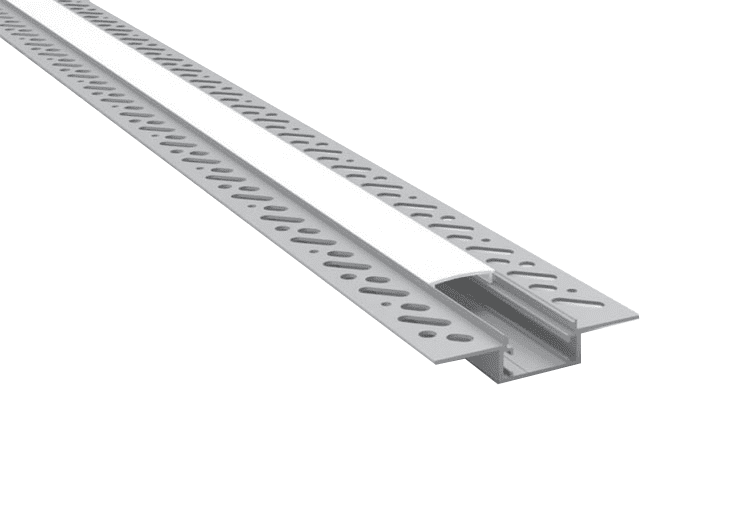
.png)
.png)
.png)
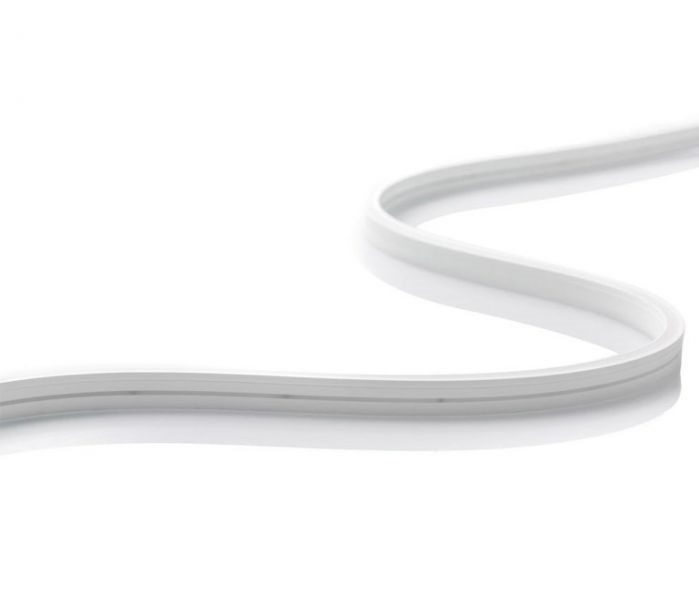
.png)
.png)
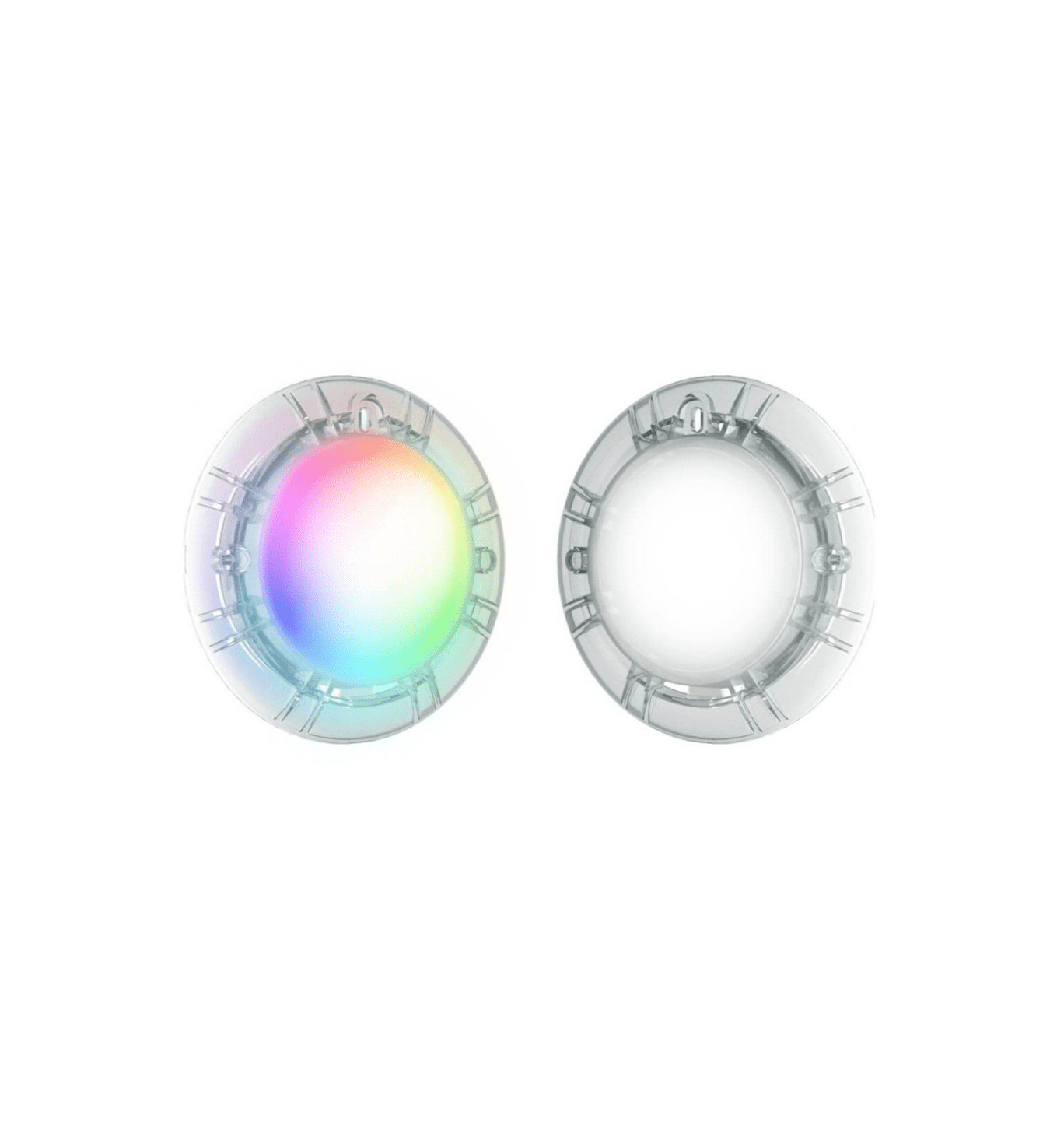
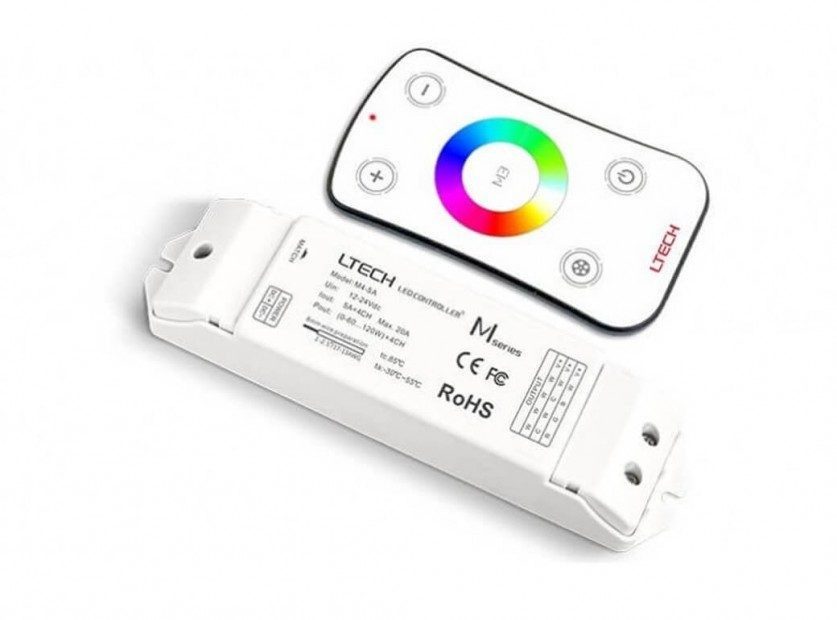
.png)
.png)
